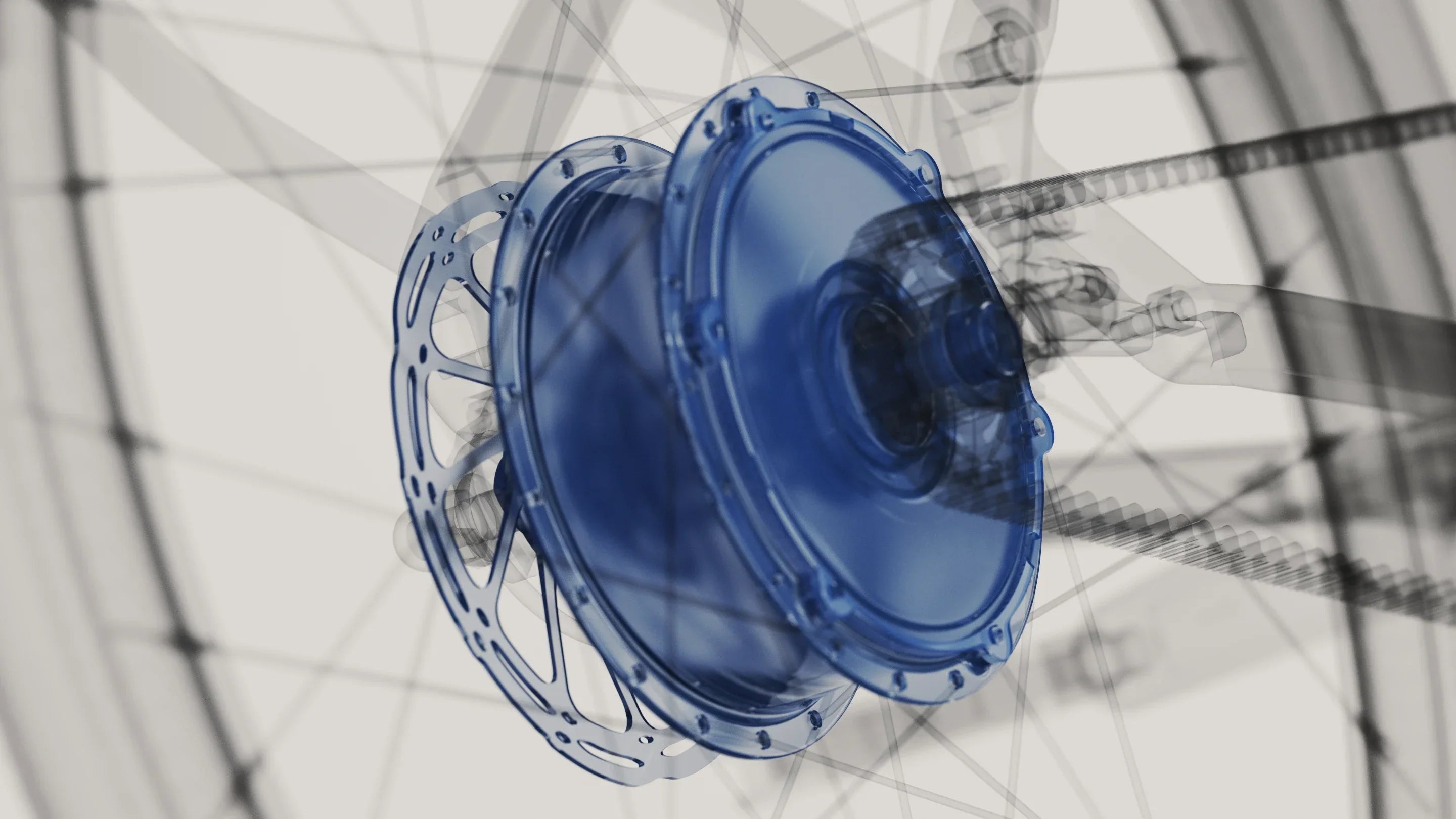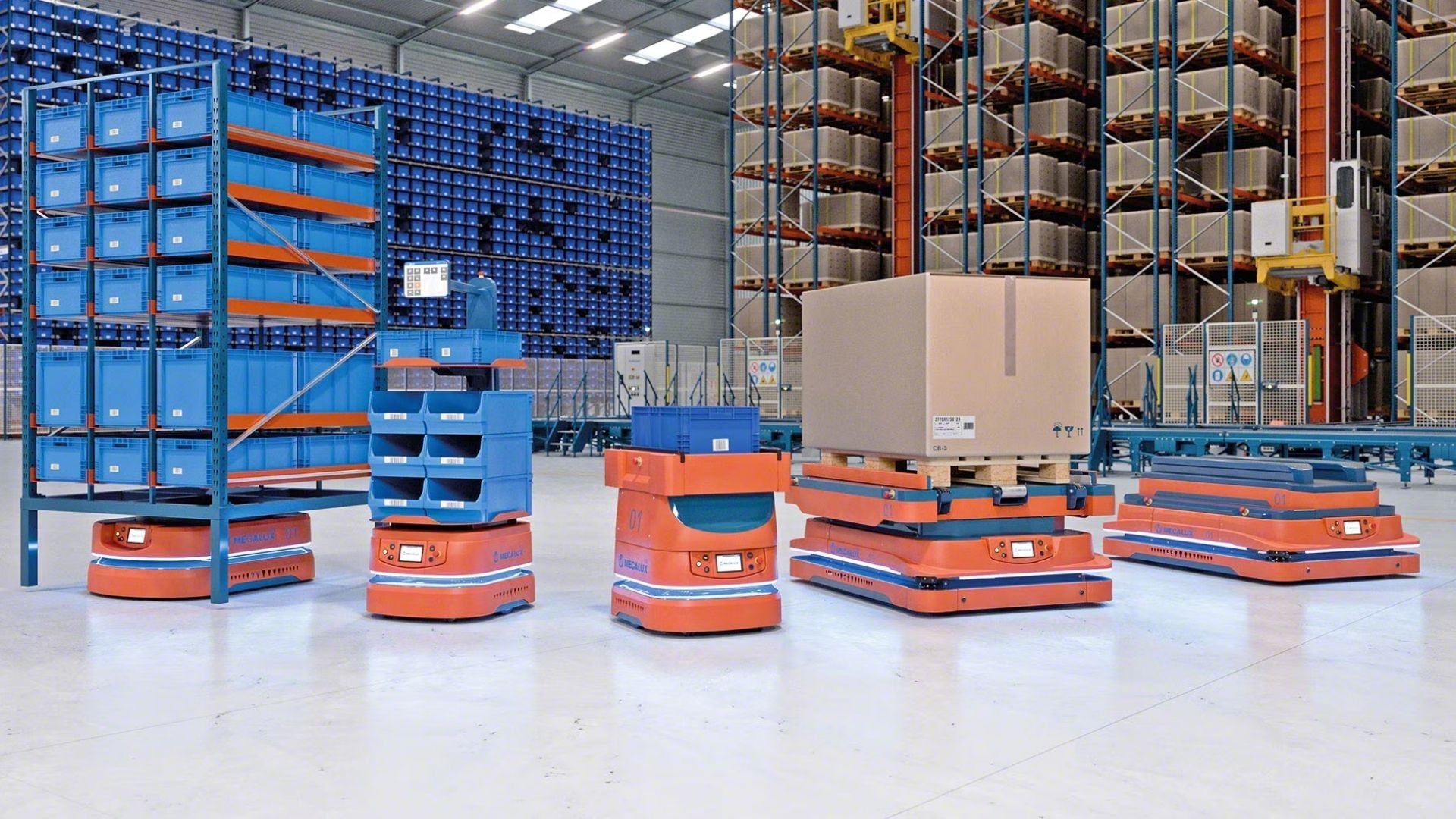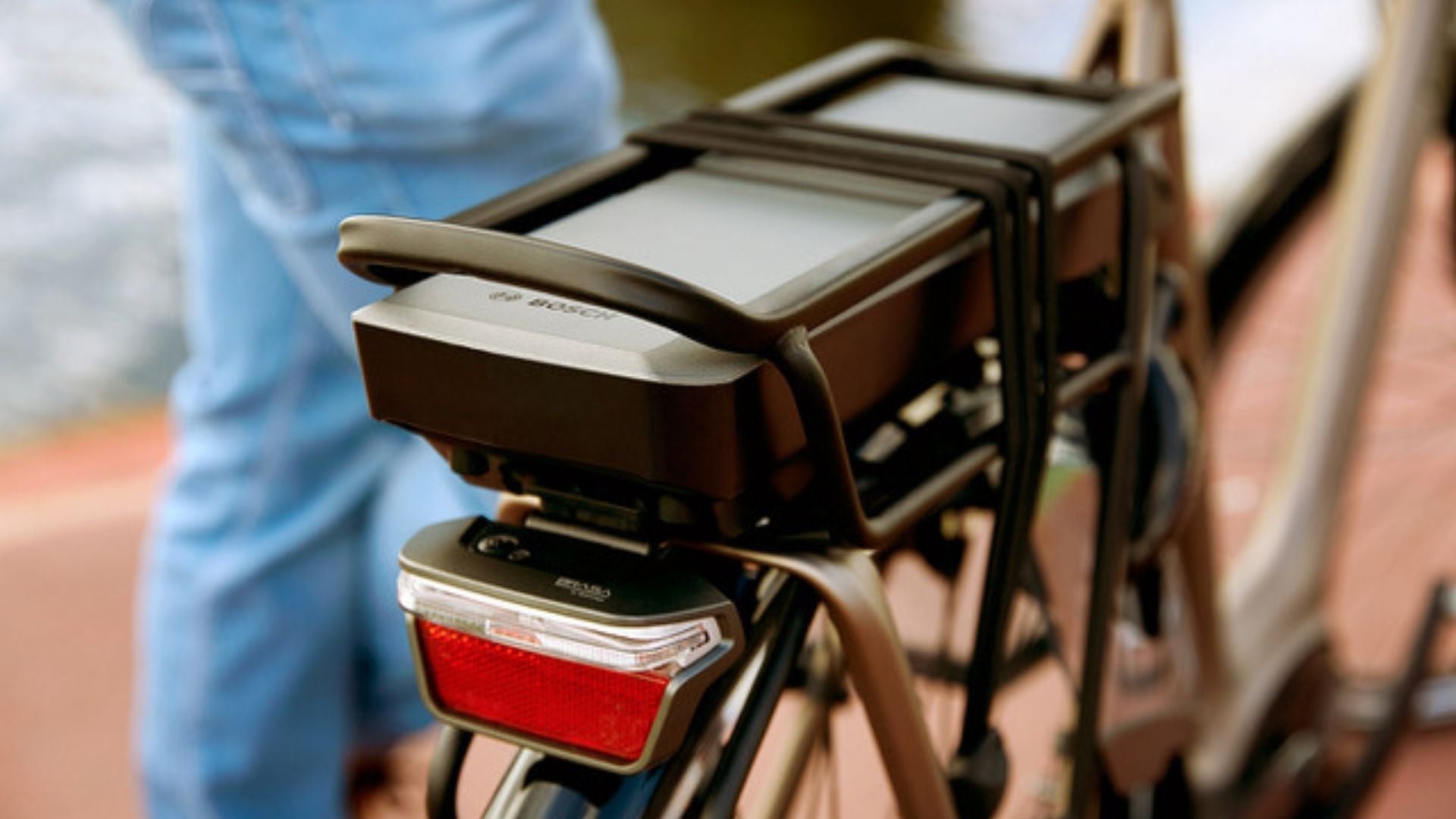The electric bike market is booming, driven by a global awareness of our environmental impact and the growing need for alternatives to traditional urban transport. Faced with this craze for electric bikes, many brands have entered the race for the best electric performance via lithium batteries. However, the manufacture of these batteries has a significant impact on the environment. It is in this context that new battery-free electric bike technologies have emerged. Innovative brands, such as Pi-Pop and Anod, have launched battery-free and hybrid bikes . These battery-free electric bikes use supercapacitors to store and release the energy generated by the rider, thus offering a sustainable and ecological alternative. A supercapacitor pack is a device that quickly stores the energy generated by pedaling.
Battery-free electric bikes: how they work and their advantages
Battery-free electric bikes use a unique method to generate energy. Unlike conventional methods, these bikes utilize a system that recovers the kinetic energy generated by the rotation of the wheels, then transforms it into electricity. This method of regenerating energy via a supercapacitor and an energy recovery motor makes it possible to provide electric assistance without relying on a battery. Thanks to this technology, these bikes offer reliable and long-lasting assistance while helping to reduce our carbon footprint.
Understanding how an electric bike with a battery-free energy recovery motor works:
The battery-free electric bike relies on an innovative kinetic energy recovery system. The motor recovers energy with each pedal stroke, braking, or wheel rotation. This energy is stored in a supercapacitor for later use. This storage device allows for rapid energy release to assist the rider when climbing or accelerating. Thanks to this system, as you pedal, you generate electricity to power the bike, allowing you to travel longer distances without needing to recharge the battery.
Does an electric bike charge while riding?
Most electric bikes on the market do not have an energy regeneration system. This is mainly due to the fact that the widely used central motors do not have this function. To benefit from energy regeneration, a bike must generally be equipped with a motor integrated into the rear wheel hub. During braking, the kinetic energy that would otherwise be dissipated is converted into electrical energy by this motor. This energy is then stored in a capacitor, which can quickly redistribute it, thus increasing the bike's range.
While regenerative braking is a widely adopted technology in the automotive industry, its use in e-bikes remains limited due to the dominance of more traditional motors. However, some pioneers, such as Pi-Pop, have explored this avenue to eliminate battery dependence in favor of a system relying solely on supercapacitors. Others, such as Anod, propose a hybrid approach combining the energy-regenerating motor, supercapacitors, and a miniature battery to provide a complete experience.
Can you ride an electric bike without a battery?
Indeed, it is possible to benefit from electric assistance without using a battery on an e-bike, provided that your e-bike is equipped with an energy recovery motor and, ideally, supercapacitors. These allow you to store the energy generated by the cyclist, slopes, and braking. Thus, as you pedal, you generate electricity to power the bike, allowing you to travel longer distances without needing to recharge the battery.
The advantages of a battery-free electric bike and supercapacitors
No use of lithium
Unlike conventional e-bikes that rely on lithium-ion batteries, battery-free e-bikes do not require the use of this material.
Battery-free electric bikes offer an environmentally friendly alternative to conventional models. By eliminating or reducing dependence on these polluting components, they provide electric assistance while reducing their environmental impact.
Increased reliability
Thanks to the supercapacitor and the energy recovery motor, you don't have to worry about battery life or its ability to provide enough power for your journeys. The motor recovers energy every time you brake. This energy is stored in a supercapacitor to be released when needed.
Ease of use
Unlike traditional electric bikes that require regular charging, a battery-free electric bike doesn't require you to worry about finding a power outlet or carrying a charger. You can simply hop on your bike and go whenever you want, without any hassle.
Sustainability
Battery-free electric bikes offer a more sustainable and environmentally friendly alternative, while still allowing users to enjoy the benefits of electric mobility. Not only do they avoid the costs associated with purchasing and replacing batteries, but they also help reduce the environmental footprint by avoiding the use of lithium, which is a non-renewable resource.
Performance and use when battery is depleted

Do electric bikes still work when the battery is dead?
Battery-free e-bikes are incredibly clever because they can operate without electric assistance. Unlike conventional e-bikes that rely on a battery to power their motor, these bikes don't use battery power for their movement. Instead, the energy is generated directly by the rider. In other words, "the road is your power source." This means you can move like a standard e-bike while still benefiting from electric assistance despite the lack of a battery.
Switching between assistance modes is also very convenient on these bikes. You can easily switch from electric mode to manual mode in an instant. For example, if you want to do a little exercise and pedal without assistance, simply turn off the electric motor and pedal like on a traditional bike. But if you need an extra boost to climb a hill or cover a long distance, you can easily activate the electric mode and take advantage of the motor's assistance.
Lifespan of an electric bike battery
Electric bike batteries typically have a lifespan of around 2 to 4 years, depending on frequency of use and charging conditions. This means that riders will eventually need to replace the battery to maintain optimal performance of their e-bike. In contrast, battery-free e-bikes have a much longer lifespan because they don't rely solely on the battery to operate. This means riders can enjoy their bike without worrying about replacing the battery anytime soon. The improved lifespan of these bikes is a major advantage for those who prefer a more durable and cost-effective solution.
Comparison with traditional models
Battery-free electric bikes offer an attractive alternative to traditional models. By reducing the need for lithium batteries and avoiding the need to transport often heavy batteries, they offer environmental and practical advantages. A few brands, such as Pi-Pop, are attempting to enter this new industry. However, this emerging technology is not without its limitations. Supercapacitors, while lightweight, have limited storage capacity, which can lead to a lack of energy during long, uphill rides without the added benefit of a battery. Therefore, the choice between the lightness of a supercapacitor and the power and range of a battery depends on individual preferences and needs. Fortunately, some brands are successfully combining these advantages with hybrid electric bikes, offering a balanced solution for users.
Anod: your versatile electric bike with or without battery
Anod stands out from the competition with its hybrid electric bike, which, rather than choosing with or without a battery, has decided to combine supercapacitors and a battery. This innovative approach allows cyclists to benefit from one of the lightest batteries on the market, while reducing its use thanks to the energy stored by the supercapacitor during the ride. This fusion significantly extends the battery's lifespan, ensuring continuous electric assistance even when the battery is discharged. This energy complementarity allows the use of a much smaller, more durable battery, which powers the motor in support of the supercapacitors.
In addition to this effective technological synergy, the "Anod Hybrid" offers unprecedented flexibility with its small removable battery. Users can thus choose between battery/supercapacitor hybridization and battery-free use.
Equipped with a powerful and quiet motor, it offers precise and efficient assistance to facilitate travel in the city or in the countryside. In terms of economy, this bike represents a wise investment for those looking for an ecological and economical alternative to traditional means of transport. Don't hesitate and book your test ride now to form your own opinion.
Conclusion
Battery-free e-bikes offer a more liberating riding experience, as they don't rely on battery power for operation and are environmentally friendly thanks to the use of recyclable supercapacitors. They are an excellent means of mobility, especially for short city trips. However, they may be less suitable for hills or long, non-stop distances.
This is why the combination of battery and supercapacitors seems to be the best choice. This more sustainable option also offers battery-free assistance while meeting the needs of a traditional e-bike. It's the perfect fusion of both worlds, combining practicality and durability.
FAQ
What is a hybrid electric bike?
A hybrid electric bike combines two different power sources in addition to pedaling. Unlike a conventional electric bike, which uses only one battery, a hybrid bike like the Anod Hybrid recovers kinetic energy during braking and stores it in supercapacitors. The other power source is a lightweight 650g battery, containing six times less lithium.
How does an electric bike work without a battery?
A standard electric bike relies on its battery to operate, and without it becomes heavy and difficult to maneuver. Conversely, hybrid bikes, thanks to their dual power supply, can continue to provide electric assistance even without a battery.
Why remove the battery from your electric bike?
On many e-bikes, the battery is removable, making charging more convenient. Removing the battery also deters theft, as the bike can no longer be used without it. This is why many manufacturers allow the battery to be removed. Some, like Anod, also add remote locking and geolocation features via a dedicated app.







